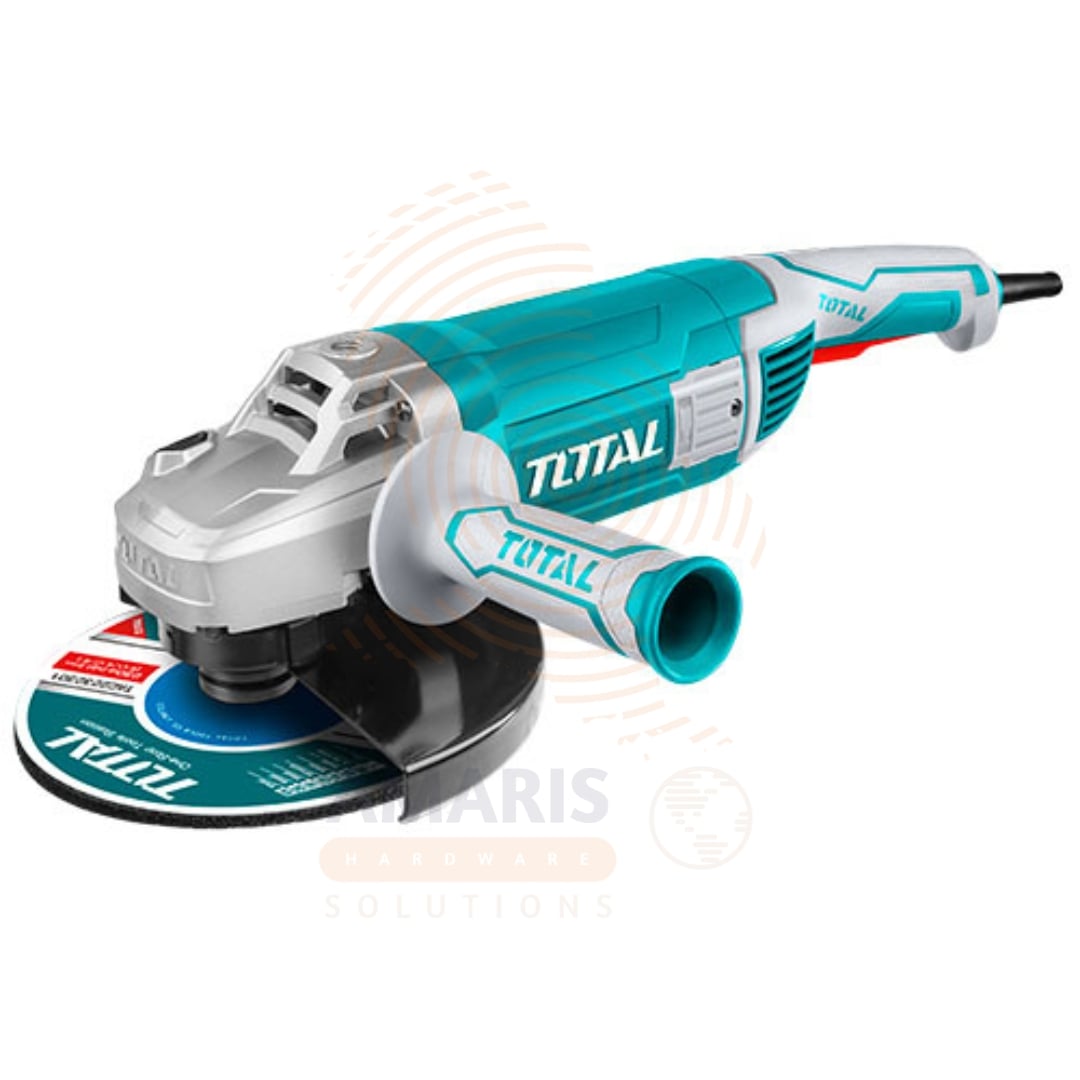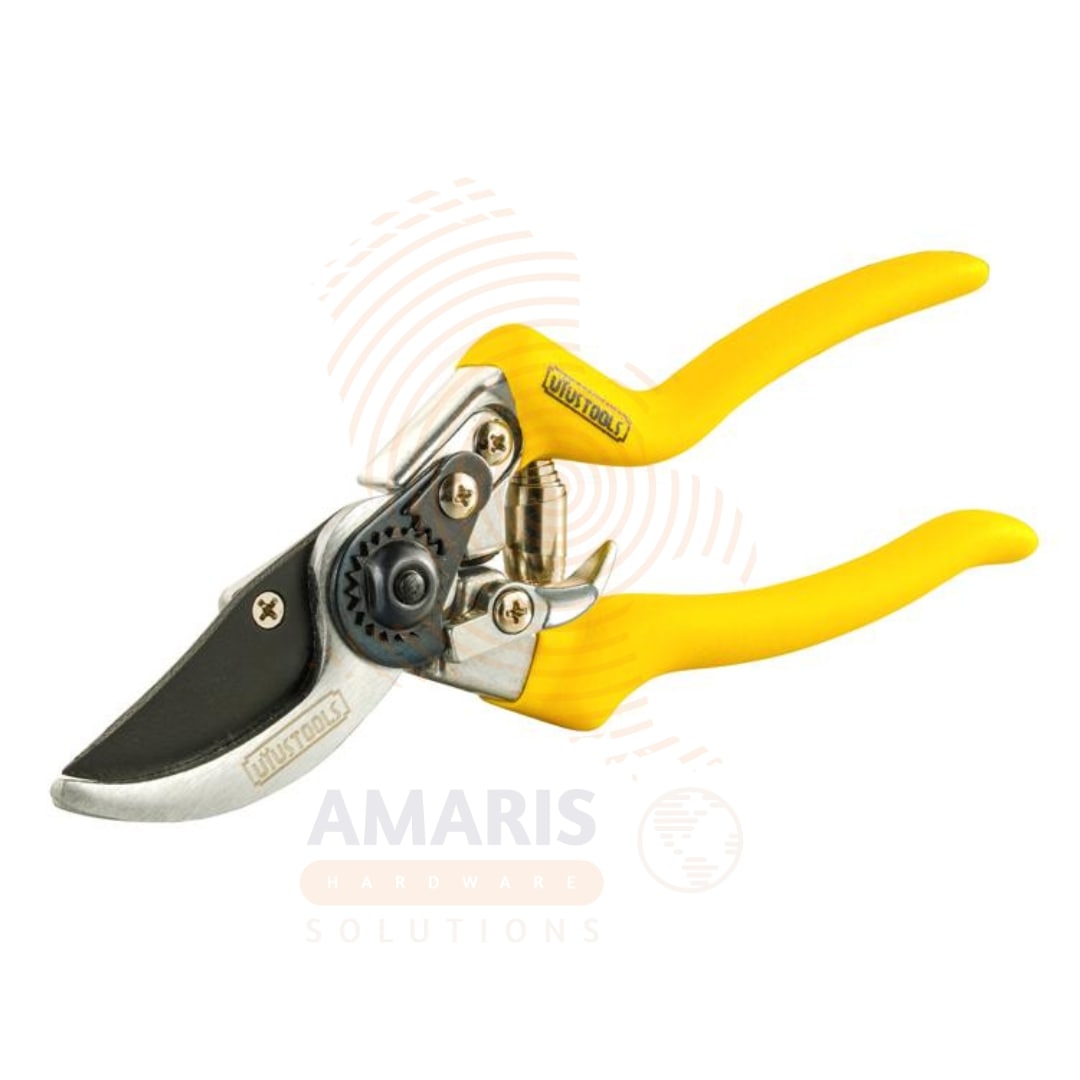Menu
Categories
- FASTENERS
- HAND TOOLS
- POWER TOOLS
- ELECTRICAL SUPPLIES
- PLUMBING SUPPLIES
- BUILDING MATERIALS
- HARDWARE & IRONMONGERY
- SECURITY & SAFETY EQUIPMENT
- GARDEN & OUTDOOR TOOLS
- PAINTS & FINISHES
- ADHESIVE SEALANTS & TAPES
- INDUSTRIAL SUPPLIES
- AUTOMOTIVE TOOLS & ACCESORIES
- HVAC SUPPLIES
- STORAGE & ORGANIZATION
- WELDING & SOLDERING
- GENERATORS & POWER EQUIPMENT
- MATERIAL HANDLING
Shopping cart (0)
Subtotal: KSh0.00
Spend KSh350.00 to get free shipping
Congratulations! You've got free shipping.
Pusello Orbital Sander
KSh7,395.00 Original price was: KSh7,395.00.KSh6,395.00Current price is: KSh6,395.00.


Total Angle Grinder 230mm 3000...
KSh24,000.00 Original price was: KSh24,000.00.KSh23,000.00Current price is: KSh23,000.00.
Thickness Planer
SKU:
AHS56227
Thickness planer uses
- Dimensioning Lumber:
- One of the primary uses of a thickness planer is to reduce the thickness of rough-sawn lumber to a specific, uniform thickness. This is essential for creating boards of consistent thickness for woodworking projects.
- Smoothing Surfaces:
- Thickness planers are effective in smoothing out rough surfaces and removing imperfections, such as knots, cupping, or warping. This results in a flat and even surface on the wood, making it easier to work with and providing a better finish.
- Creating Parallel Faces:
- A thickness planer ensures that both faces of a board are parallel, which is crucial for joinery and achieving accurate dimensions in woodworking projects. This is particularly important when working on components that need to fit together precisely.
- Customizing Stock Thickness:
- Woodworkers often need specific thicknesses for their projects. A thickness planer allows them to customize the thickness of stock according to their requirements, ensuring a perfect fit for various parts of a project.
- Preparing Stock for Gluing:
- When creating panels or laminating pieces together, it’s important for the mating surfaces to be flat and even. A thickness planer helps achieve this, ensuring a strong and stable bond when using adhesives.
- Restoring Reclaimed Wood:
- When working with reclaimed or salvaged wood, thickness planers are valuable for removing old finishes, uneven surfaces, and any damage. This process revitalizes the wood, preparing it for reuse in new projects.
- Fine-tuning and Final Dimensioning:
- Woodworkers often use a thickness planer in the final stages of a project to achieve precise dimensions. This is especially important for creating the finished surfaces of furniture components.
- Reducing Stock Thickness Gradually:
- Woodworkers can use a thickness planer to incrementally reduce the thickness of a board until the desired dimension is reached. This allows for controlled material removal and avoids overworking the wood.
- Creating Veneers:
- By repeatedly passing a thin piece of wood through a thickness planer, woodworkers can create veneers of uniform thickness. Veneers are thin slices of wood used for decorative purposes, such as inlays and surface embellishments.
- Squaring and Truing Edges:
- In addition to thickness, a thickness planer can be used to square and true the edges of boards. This is important for creating precise joints and ensuring that components fit together accurately.
Be the first to review “Thickness Planer” Cancel reply
People also bought
Bush Cutter Blade (12 pcs)
Heavy Duty Pruner 8.5 (12 pcs)
Lawn Saw Blade (12 pcs)
Pump Sprayer 2L (12 pcs)
Our Services
Have questions?
Our experts are ready to help.
Call : +254 711113339
Shipping
Shipping worldwide
Warrant
Warranty Available
Secure Payment
Safe & Secure Payment
Support 24/7
Contact 24 Hours Day
SPECIAL PRODUCT
Bush Cutter Blade (12 pcs)
0 Days
0 Hours
0 Minutes
0 Seconds







Reviews
There are no reviews yet.